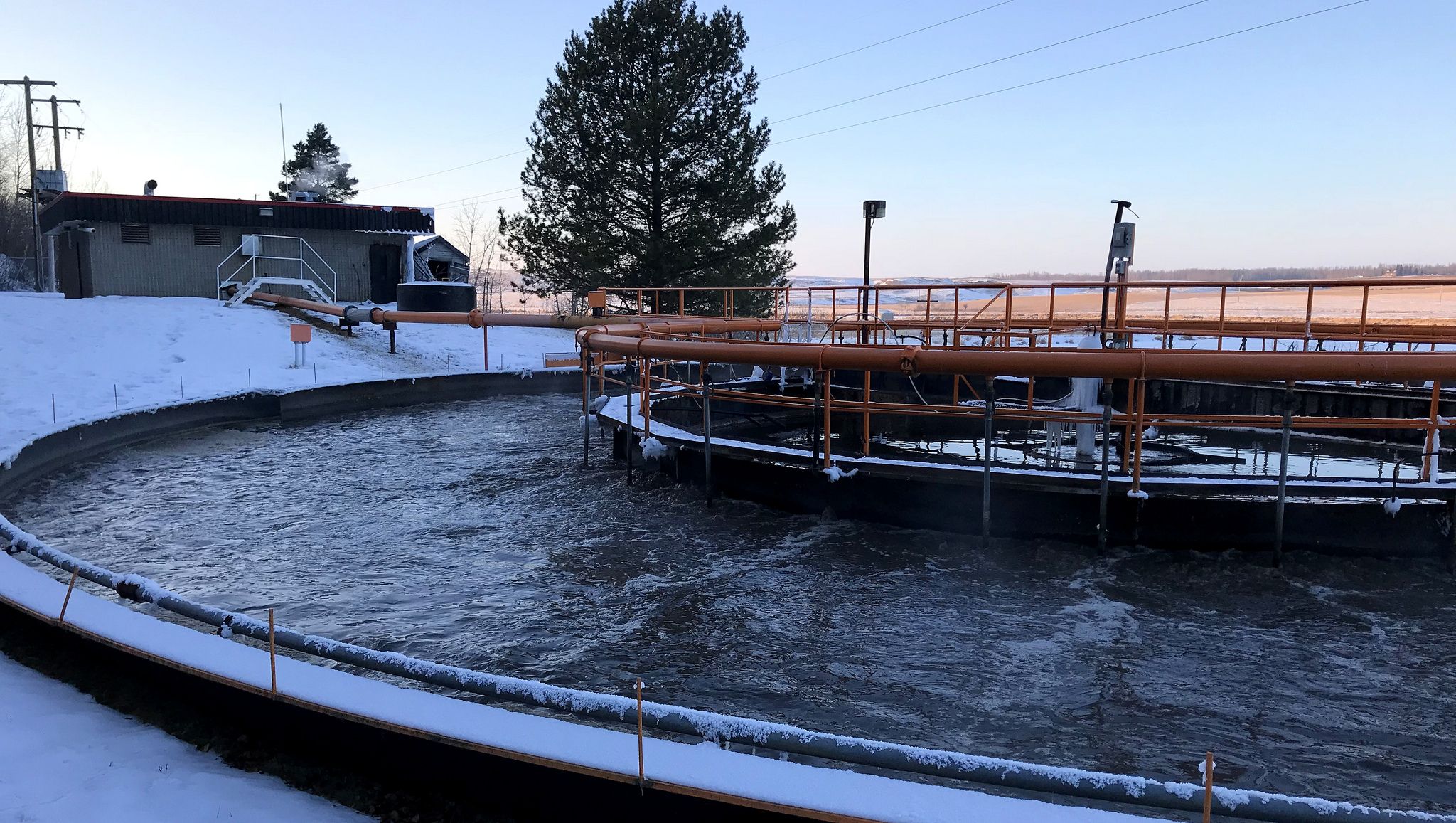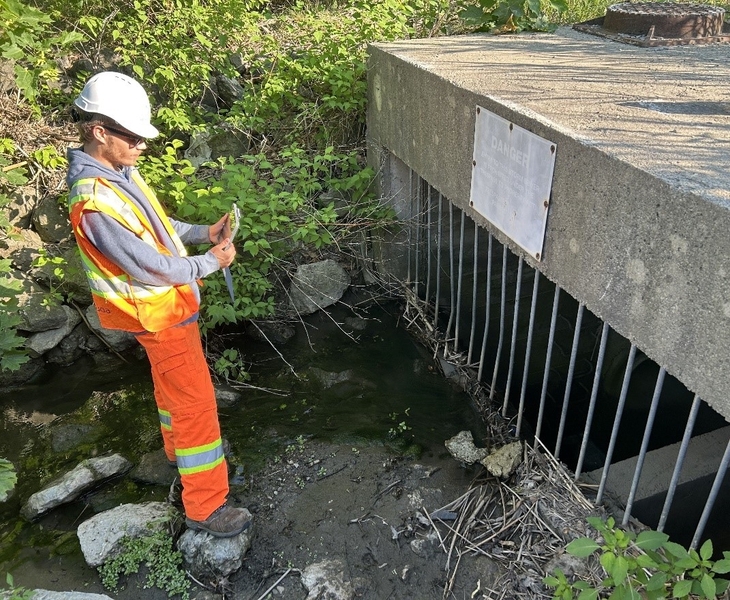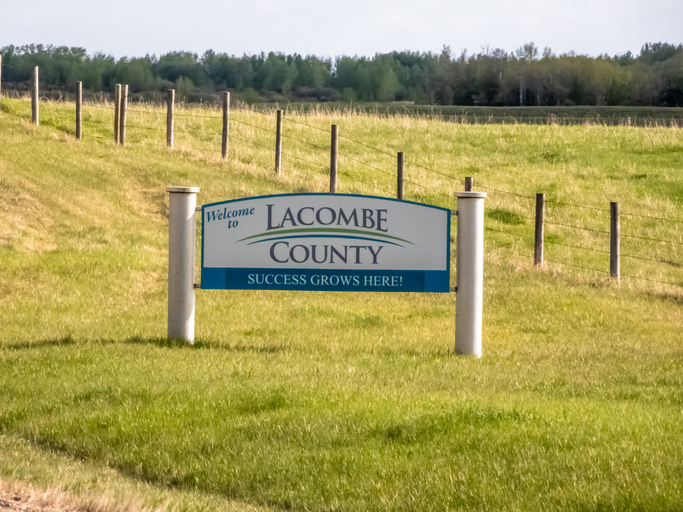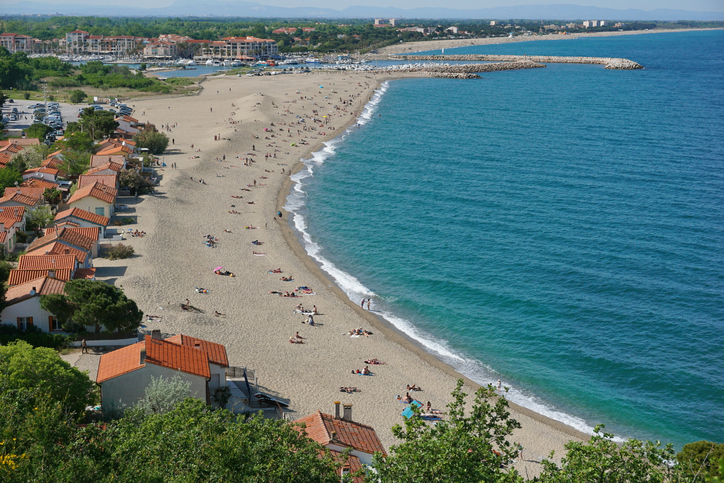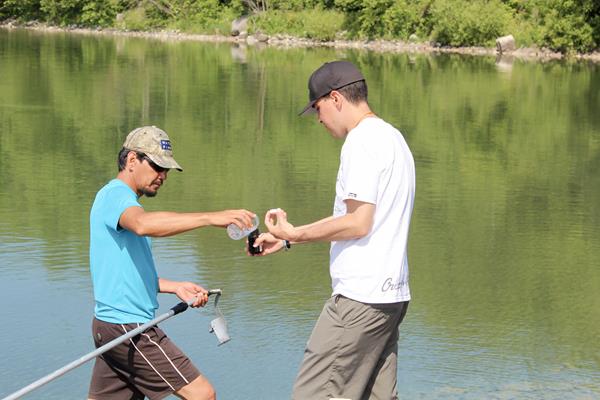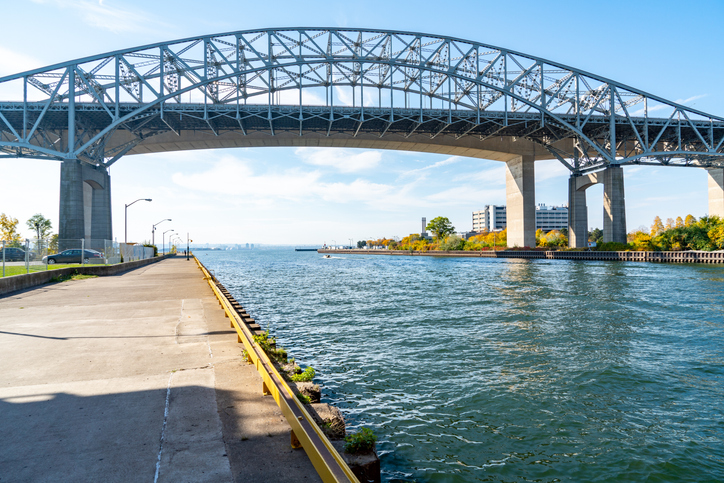Ahead of Wednesday’s municipal elections, the Lake Winnipeg Foundation (LWF) has reported that polling results show Manitoba citizens want immediate action taken to improve city sewage treatment.
In a survey conducted by Probe Research, nearly two-thirds of Manitoba adults (65 per cent) agree that upgrading Winnipeg’s north end sewage treatment plant should be “a very urgent priority.”
The North End Water Pollution Control Centre (NEWPCC) treats approximately 70 per cent of the city’s wastewater. The NEWPCC is currently the fourth largest phosphorus polluter among all wastewater treatment facilities in Canada and the single-largest point source of phosphorus flowing into Lake Winnipeg.
Under its provincial operating licence, the City of Winnipeg is compelled to reduce phosphorus in NEWPCC effluent to 1 milligram per litre based on a 30-day rolling average, by December 31st, 2019.
In 2017, phosphorus concentrations in NEWPCC effluent averaged 3.54 milligram per litre.
“Scientific research conducted at IISD Experimental Lakes Area over the last 50 years has definitively proven the connection between excess phosphorus and algae. This ground-breaking work rewrote policies around the world to address eutrophication in freshwater lakes,” said Dimple Roy, director of water policy for the International Institute for Sustainable Development.
The City of Winnipeg has committed to fully upgrading the NEWPCC. However, experts estimate this upgrade will take 10 years or more to complete and cost an estimated $1.4 billion.
“In the 1980s, municipalities around Lake Erie invested in improvements to their sewage treatment systems to remove higher levels of phosphorus from their effluent,” said Roy. “For decades, these jurisdictions have been meeting – and, in some cases, exceeding – the 1 milligram per litre phosphorus limit. Meanwhile, Winnipeg lags further and further behind.”
An interim retrofit to the NEWPCC modelled on methods currently used in other cities could be applied quickly at low cost, reducing phosphorus in the water that flows into Lake Winnipeg until permanent plant upgrades can be completed.
Actions taken by jurisdictions around Lake Erie could provide an example: use a simple chemical addition in their wastewater treatment processes to remove phosphorus.
“Using ferric chloride—a chemical variant of iron—is extremely common across the Great Lakes region and beyond. Including this step as standard practice has enabled plant after plant to easily meet increasingly stringent phosphorus limits,” said Dr. Glen Daigger, professor of Engineering Practice at the University of Michigan and researcher with the Great Lakes Water Authority, which oversees sewage treatment for approximately 3 million people.
The NEWPCC already uses ferric in other aspects of its operations and could optimize the value of this chemical simply by adding it earlier in the treatment process as a phosphorus-removal agent, said the Foundation.
“Installing an interim ferric system at Winnipeg’s north end plant is absolutely doable by December 31st, 2019,” Daigger says. “Most significantly, it would result in a substantial reduction of phosphorus right away, not 10 years from now. When you’re talking about bang for your buck, this is a quick fix for a quick win.”
“Probe’s findings validate what we already know: Lake Winnipeg matters,” said Alexis Kanu, LWF’s executive director. “It’s unacceptable—and frankly, embarrassing—to continue to delay simple and effective actions while the health of our great lake continues to deteriorate.”
“Citizens are not prepared to wait another decade,” said Kanu. “Our civic government must make clean water a priority today. It’s time to truly take responsibility for Winnipeg’s impacts on the great lake in our own backyard. Practical solutions are right at hand— let’s use them.”
Between September 19th and 28th, Probe Research surveyed a random and representative sampling of 1,116 adults residing in Manitoba. Results are within ±2.9 percentage points of what they would have been if the entire adult population of Manitoba had been surveyed.

